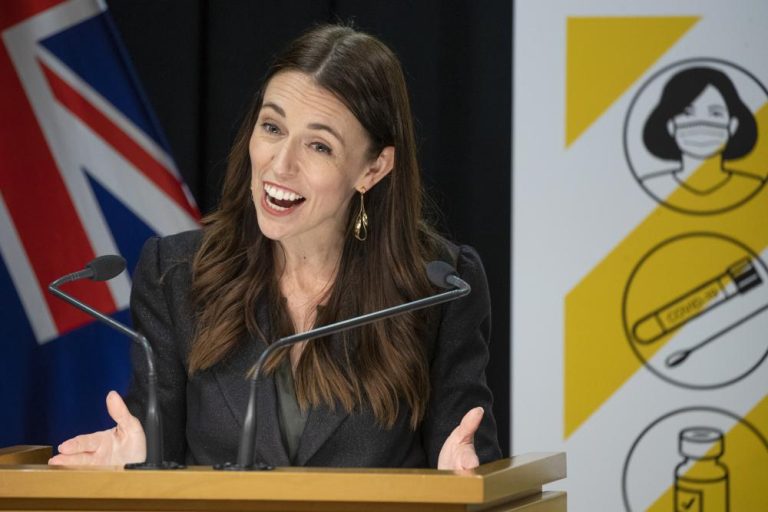
New Zealand (AP) — New Zealand removed most of its remaining COVID-19 restrictions Monday as the government signaled a return to normalcy for the first time since the pandemic began.
People will no longer be required to wear masks in supermarkets, stores, busses or planes. The last remaining vaccine mandates — on health care workers — will end. And tourists will no longer need to be vaccinated in order to visit the country.
The government announced it was ditching its so-called COVID traffic light framework altogether and leaving in place just two main restrictions — that those who test positive for the virus isolate for seven days, and that people wear masks when visiting health care facilities like hospitals and aged-care homes.
The changes come as an omicron variant outbreak wanes and the Southern Hemisphere winter ends. Case numbers in New Zealand are at the lowest point since February. “The changes we’ve made today are significant. They mark a milestone in our response,” said Prime Minister Jacinda Ardern. “This is a time when finally — rather than feeling COVID dictates what happens to us, our lives, and our futures — we take control back.”
She said the changes will help drive business activity, which is vital to the nation’s economic recovery. “This will be the first summer in three years when there won’t be the question of: What if?” Ardern said.
The end to government restrictions won’t stop individual workplaces or stores imposing their own rules, although most people expect mask use to plummet as soon as the government restrictions end just before midnight Monday.
The moves were welcomed by business leaders.
BusinessNZ Chief Executive Kirk Hope said it was encouraging to see the government trusting individual businesses again.
“No two sites are the same and each business can decide what works for their own environment when it comes to minimizing the spread of COVID-19,” he said.
New Zealand enjoyed initial success in fighting the pandemic, managing to eliminate the virus entirely after closing its borders and carefully contact-tracing cases. But its approach changed as more transmissible variants proved impossible to stamp out.
As late as March, the country of 5 million had reported only 65 virus deaths. Since an omicron wave took hold, that number has risen to nearly 2,000. But that still remains low when compared with the death rates in many other countries.






